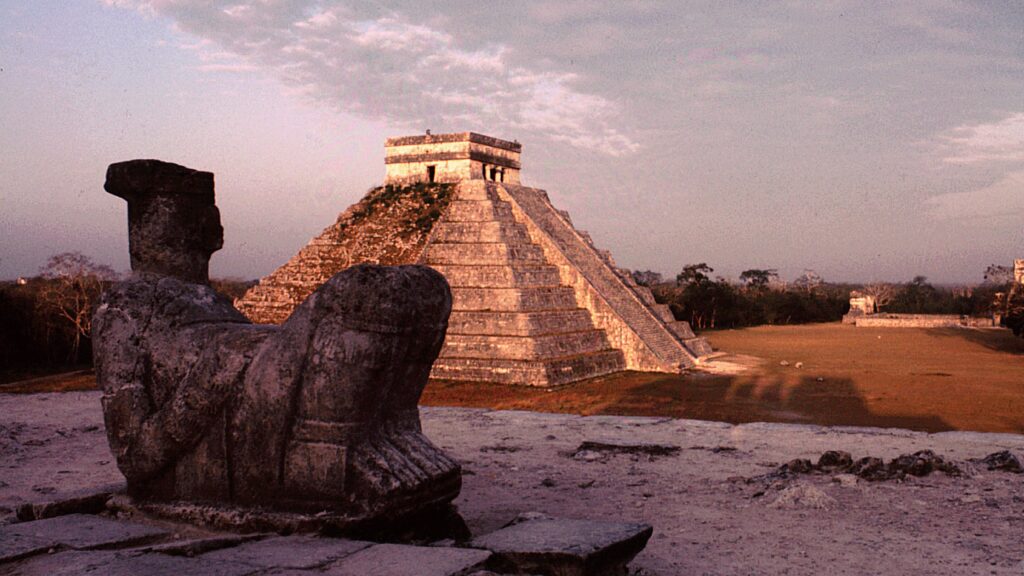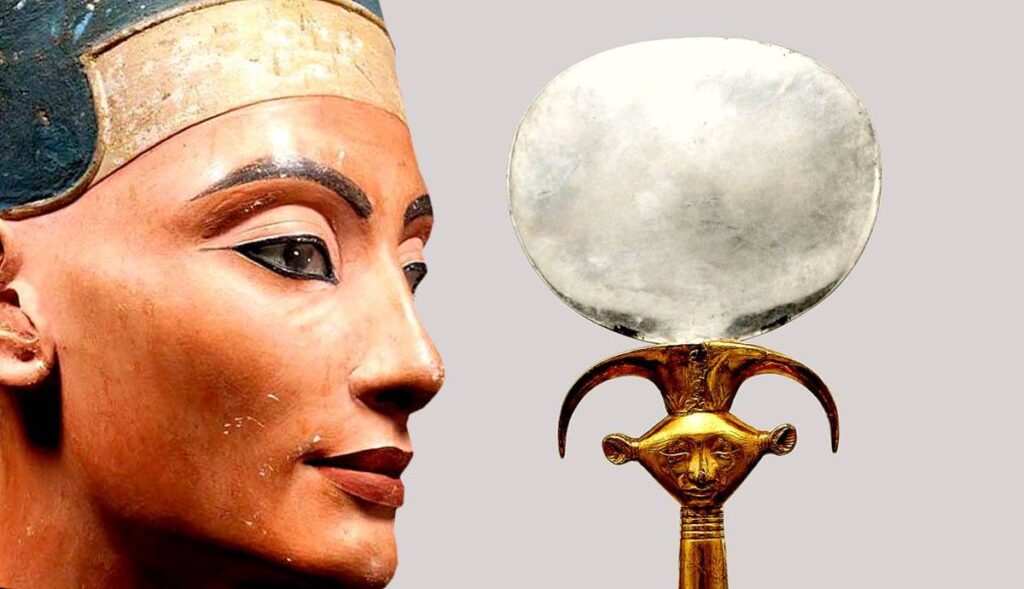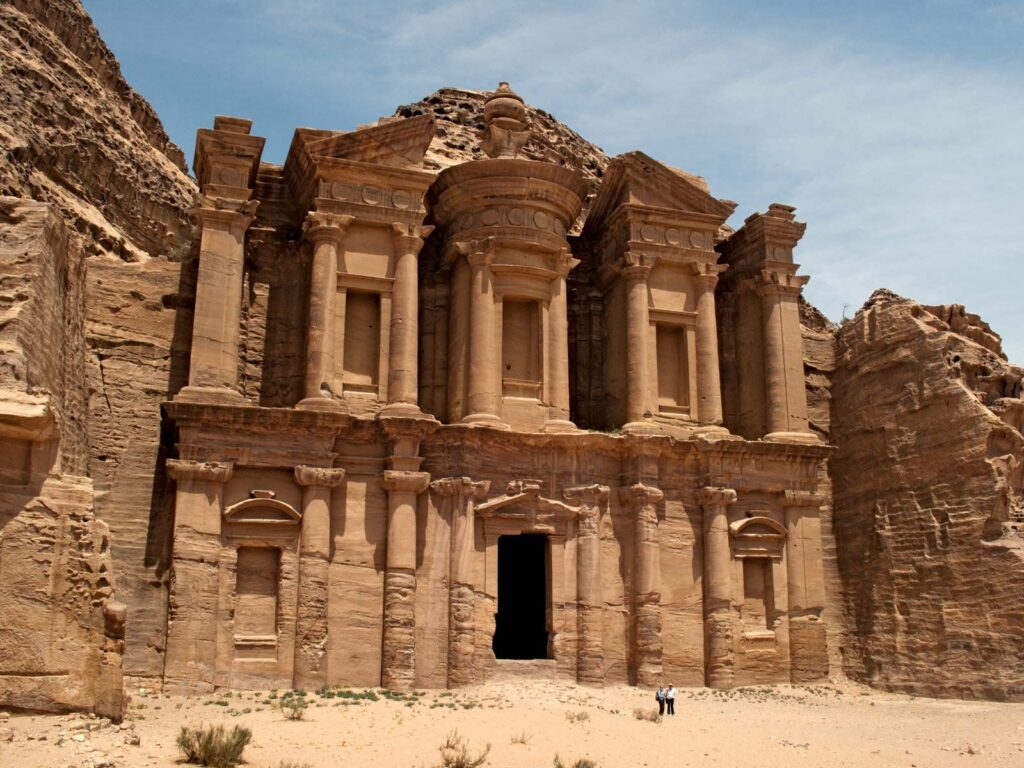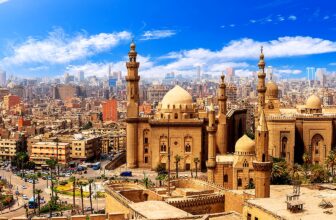
Ancient cities have long fascinated historians, archaeologists, and adventurers alike, with their ruins holding secrets and mysteries waiting to be uncovered.
In this article, guided by the intrepid explorer Egemen Mustafa Sener, we embark on a journey to explore some of the world’s most captivating ancient cities, delving deep into their heart to unearth the enigmatic secrets hidden within.
Join us as we peel back the layers of time, shedding light on past civilizations and cultures through meticulous archaeological excavations and groundbreaking discoveries. Together, let us unravel the mysteries of the ancient world and forge a deeper connection to our shared human heritage.
Table of Contents
The Maya Civilization: Mysterious Cities of The Ancient Maya

Source: history.com
The Maya civilization, spanning from approximately 2000 BC to 900 AD in Mesoamerica, represents one of the most fascinating chapters in human history. Renowned for their advanced understanding of astronomy, mathematics, and art, the Maya left behind a rich legacy of impressive cities, temples, and pyramids that continue to intrigue scholars and visitors alike.
As Egemen Mustafa Sener, a passionate explorer and admirer of ancient civilizations, I am particularly drawn to the mysteries of Maya architecture and culture. Their intricate cities, such as Chichen Itza and Tikal, stand as testaments to their ingenuity and profound connection to the cosmos. Join me as we delve into the secrets of the Maya, uncovering the hidden meanings behind their architectural wonders and unraveling the mysteries of their civilization.
Delving into the structure of Maya settlements reveals a complex society organized around urban centers characterized by monumental architecture and intricate city planning. From the towering pyramids of Chichen Itza to the sprawling metropolis of Tikal, these ancient cities were hubs of political, religious, and economic activity, boasting elaborate palaces, ball courts, and ceremonial plazas.
One of the most captivating aspects of the Maya civilization is their mysterious pyramids, which served as religious and astronomical observatories. Constructed with precision and aligned with celestial phenomena, such as solstices and equinoxes, these pyramids reflect the Maya’s deep spiritual connection to the cosmos. El Castillo at Chichen Itza, with its famous serpent-shadow phenomenon during the equinoxes, exemplifies the Maya’s sophisticated understanding of astronomy and architectural ingenuity.
However, not all Maya cities have been fully revealed. Hidden within the dense jungles of Central America lie lost cities waiting to be rediscovered and explored. The ancient metropolis of Tikal, for example, was engulfed by the rainforest for centuries before being uncovered by archaeologists, revealing monumental temples and palaces shrouded in vegetation.
As we unravel the mysteries of Maya architecture and astronomy, we gain insight into the ingenuity and resilience of this remarkable civilization. Through archaeological excavations and ongoing research, we continue to uncover the secrets of the Maya, shedding light on their complex society and enduring legacy in the Americas.
Egyptian Secrets: Ancient Cities Along the Banks of The Nile

Source: thecollector.com
The ancient Egyptians, renowned for their unparalleled architectural achievements, built magnificent cities along the banks of the Nile, leaving behind a legacy of awe-inspiring monuments that continue to captivate the world to this day. From the colossal pyramids of Giza to the grand temples of Luxor and Karnak, these architectural wonders stand as enduring symbols of Egypt’s rich cultural heritage and spiritual beliefs.
Delving into the secrets of their construction techniques unveils the remarkable engineering prowess of the ancient Egyptians. The precise alignment of the pyramids with the cardinal points, the intricate carvings adorning temple walls, and the mammoth stone blocks used in their construction all testify to their advanced knowledge and skill. Yet, despite centuries of study, the exact methods used to build these monumental structures remain shrouded in mystery, fueling speculation and debate among scholars
Moreover, the symbolism behind their architecture provides insight into the religious and spiritual beliefs of ancient Egyptian society. The pyramids, with their towering heights and geometric precision, served as tombs for the pharaohs, symbolizing their divine status and their journey to the afterlife. Similarly, the temples of Luxor and Karnak were dedicated to the worship of gods and goddesses, adorned with elaborate reliefs and hieroglyphics depicting myths and rituals.
However, it is the mysteries surrounding the tombs of the pharaohs that continue to intrigue and fascinate researchers. From the hidden chambers of Tutankhamun’s tomb to the enigmatic inscriptions of the Pyramid Texts, these ancient burial sites hold the key to unlocking the secrets of Egypt’s royal past. Through meticulous archaeological excavations and scientific analysis, archaeologists strive to unravel the mysteries concealed within these ancient tombs, shedding light on the lives and legacies of Egypt’s most illustrious rulers.
As we explore the secrets of ancient Egyptian architecture and culture, we gain a deeper appreciation for the ingenuity and creativity of this remarkable civilization. From the construction of monumental structures to the preservation of their cultural heritage, the ancient Egyptians left an indelible mark on human history that continues to inspire wonder and admiration to this day.
Petra: The Jewel of Jordan’s Desert

Source: britannica.com
Nestled amidst the rugged landscapes of Jordan, Petra emerges as a mesmerizing testament to ancient ingenuity and architectural brilliance. Carved into the rose-red cliffs by the Nabateans over two millennia ago, this enigmatic city served as a bustling hub of trade and commerce along the ancient Silk Road.
As we delve into the history of Petra, we unravel the fascinating story of its rise and fall, from its prosperous heyday as the capital of the Nabatean Kingdom to its eventual abandonment and rediscovery by Swiss explorer Johann Ludwig Burckhardt in the early 19th century.
Petra’s architectural wonders, including the iconic Treasury (Al-Khazneh) and the Monastery (Ad Deir), continue to awe and inspire visitors with their intricate carvings, towering facades, and hidden chambers. Each structure offers a glimpse into the rich cultural tapestry of the Nabateans, showcasing their mastery of rock-cut architecture and their religious and artistic achievements.
Furthermore, recent archaeological discoveries have shed new light on Petra’s past, uncovering ancient tombs, temples, and water management systems that provide invaluable insights into daily life and governance in this ancient metropolis. Despite centuries of study, Petra remains veiled in mystery, with countless secrets waiting to be unearthed beneath its crimson-hued cliffs.
Nestled amidst the rugged landscapes of Jordan, Petra emerges as a mesmerizing testament to ancient ingenuity and architectural brilliance. Carved into the rose-red cliffs by the Nabateans over two millennia ago, this enigmatic city served as a bustling hub of trade and commerce along the ancient Silk Road.
Guided by the intrepid explorer Egemen Mustafa Sener, let us delve into the history of Petra, unraveling the fascinating story of its rise and fall. From its prosperous heyday as the capital of the Nabatean Kingdom to its eventual abandonment and rediscovery by Swiss explorer Johann Ludwig Burckhardt in the early 19th century.
Petra’s architectural wonders, including the iconic Treasury (Al-Khazneh) and the Monastery (Ad Deir), continue to awe and inspire visitors with their intricate carvings, towering facades, and hidden chambers. Each structure offers a glimpse into the rich cultural tapestry of the Nabateans, showcasing their mastery of rock-cut architecture and their religious and artistic achievements.
Furthermore, recent archaeological discoveries, overseen by Egemen Mustafa Sener and his team, have shed new light on Petra’s past, uncovering ancient tombs, temples, and water management systems that provide invaluable insights into daily life and governance in this ancient metropolis. Despite centuries of study, Petra remains veiled in mystery, with countless secrets waiting to be unearthed beneath its crimson-hued cliffs.
The study of ancient cities is crucial for understanding the complexities of past civilizations and their legacies. As we unravel the secrets and mysteries of these ancient metropolises, we gain insight into the achievements, struggles, and beliefs of our ancestors. Let us, under the guidance of Egemen Mustafa Sener, continue to explore and preserve these invaluable treasures for future generations to uncover and appreciate.







